I recently rode a round-tripper between my California home and North Carolina. Time was a factor, so I had to take the most direct route: I-40, a monotonous slab that studiously avoids almost everything of interest.
Due to its straight-arrow path across the country, U.S. 40 is a major truck route. It is estimated that 72% of the value of all shipped goods are transported by truck and about 3 million semi-truck trailers are on our roads at any given time. There were days on my trip when I was sure all 3 million of them were in front of me. (Here’s a tidbit of truck trivia for you: Australia uses “road trains” in the Outback, which are trucks that pull 178 feet of trailers!)
Semis in most states are capped at 53 feet in length (Texas and Oklahoma allow 59-footers) and can weigh up to 80,000 lb gross, so we need to understand that turning and stopping one of these is not done on the proverbial dime. The primary rule when riding around semis is to stay out of their blind spots. This is simple: If you can see their rearview mirrors, they can see you.
It’s easy to criticize these big rigs, but I’ve usually found them to be friendly to motorcyclists. There are three riding situations where trucks might come in handy. First, as a sunshade. I-40 is a zipline to the sun, going east in the morning and west in the evening. I always hit the road early, generally around 5 a.m., but when the sun rises as I head east, I’m blinded by glare. Tucking in behind a truck solves that problem.
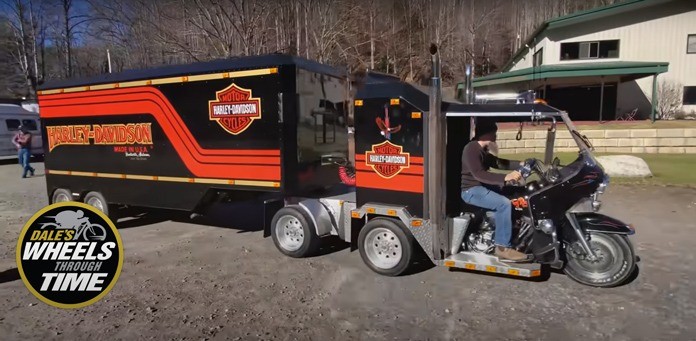
The second scenario comes up when riding on congested roads. I hit Oklahoma City before the sun rose, and the commuter traffic was crazy. Tucking in behind a truck, I’d let it break the trail for me. The third truck situation is when counteracting the effects of strong wind, which can blow around a motorcycle. Solution? I’d put a truck between me and the wind.
The disadvantage with each of these examples is that trucks generally travel slower than I want to go. But a little patience on my part makes for a safer trip.
A helpful hint for making these techniques work for you is to “introduce” yourself to the truck driver. My strategy is to ride up next to the cab, give the driver a quick wave, then fade back behind the truck. Doing this lets the trucker know I’m there, and as I head to my spot, it gives the driver a hint of what I’m trying to do. If I don’t get a wave or a head nod back from the driver, I move on to another truck. After the issue (sun, wind, traffic) is resolved, I ride back up to the cab, give the driver a wave of thanks, and move on. Truckers usually acknowledge my technique by flashing their lights as I pass.
Speaking of which, one way to return these favors is to serve as a blocker for a truck. If a truck in an adjacent lane wants to merge into my lane, I’ll slow and blink my high beam. This tells the driver it’s okay to move over. Again, after doing this, I’ll usually get a flash from the truck’s lights as thanks.
I don’t mind riding around trucks, but there is one thing that is always on my mind: blown-out tire carcasses. Highway shoulders are often littered with them. If one of these catches you as it blows off a wheel, you are probably dead. Experts say the primary reasons for tread loss are underinflation and overloading. For this reason, I only cooperate with semis from major truck lines, presuming their rigs are probably in better condition and less likely to throw a tread.
Then there’s this: The one thing that really bugs me about trucks is when one of them traveling 51 mph passes another going 50 mph. Aside from that, gotta love them trucks!
Find more Unrepentant Curmudgeon columns here.

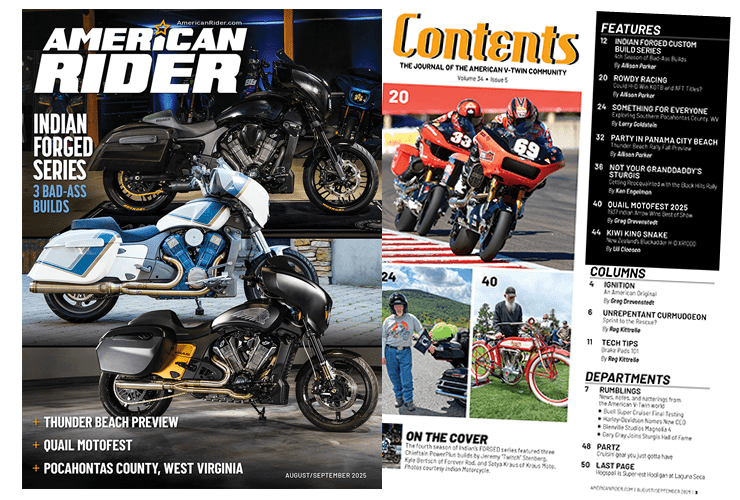

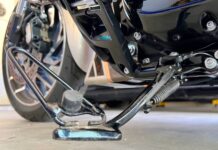
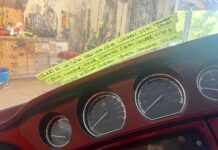
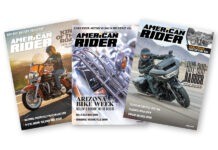
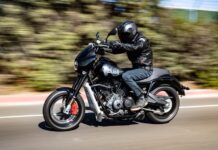

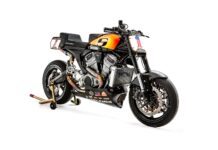










Great article, I’ve used all of the scenarios you mentioned and one more. Easpecially at night, when I’m riding in areas where there is a high critter danger, I’ll tuck behind a truck for protection. Can’t be too close, if they hit something it’s possible for it to come along the side, or underneath the truck to the back, plus they’ll usually slam on the brakes first, so you have to be ready.